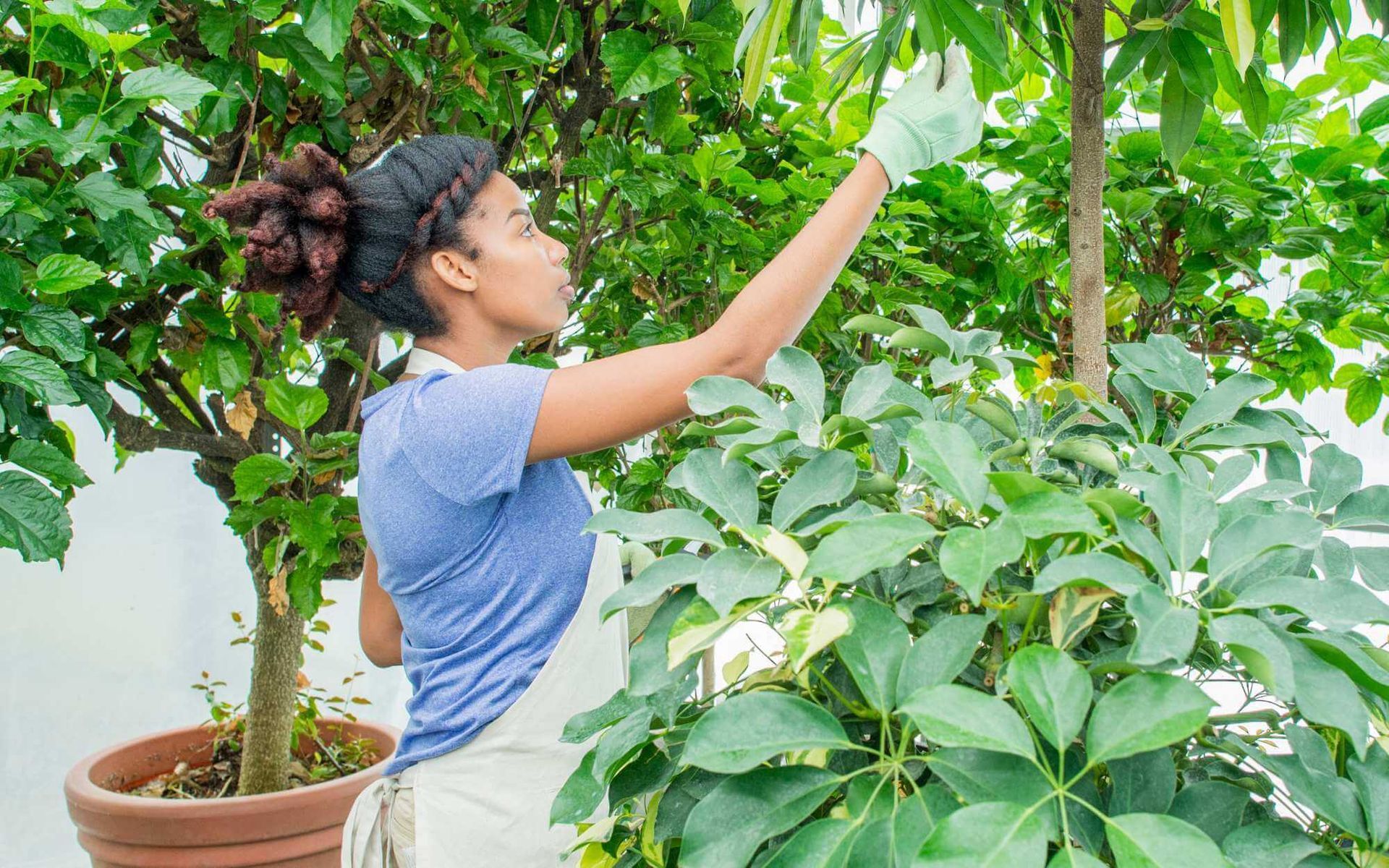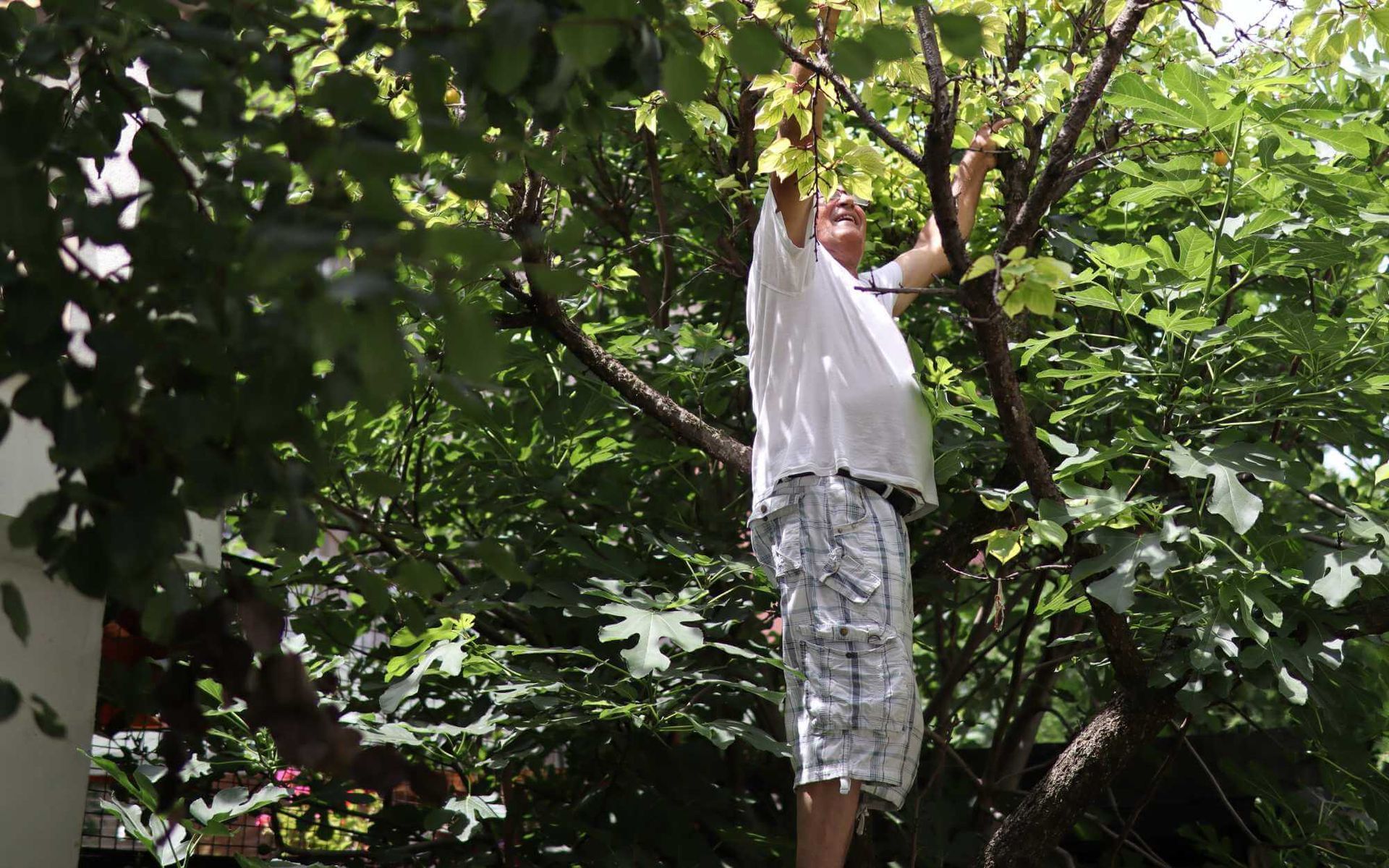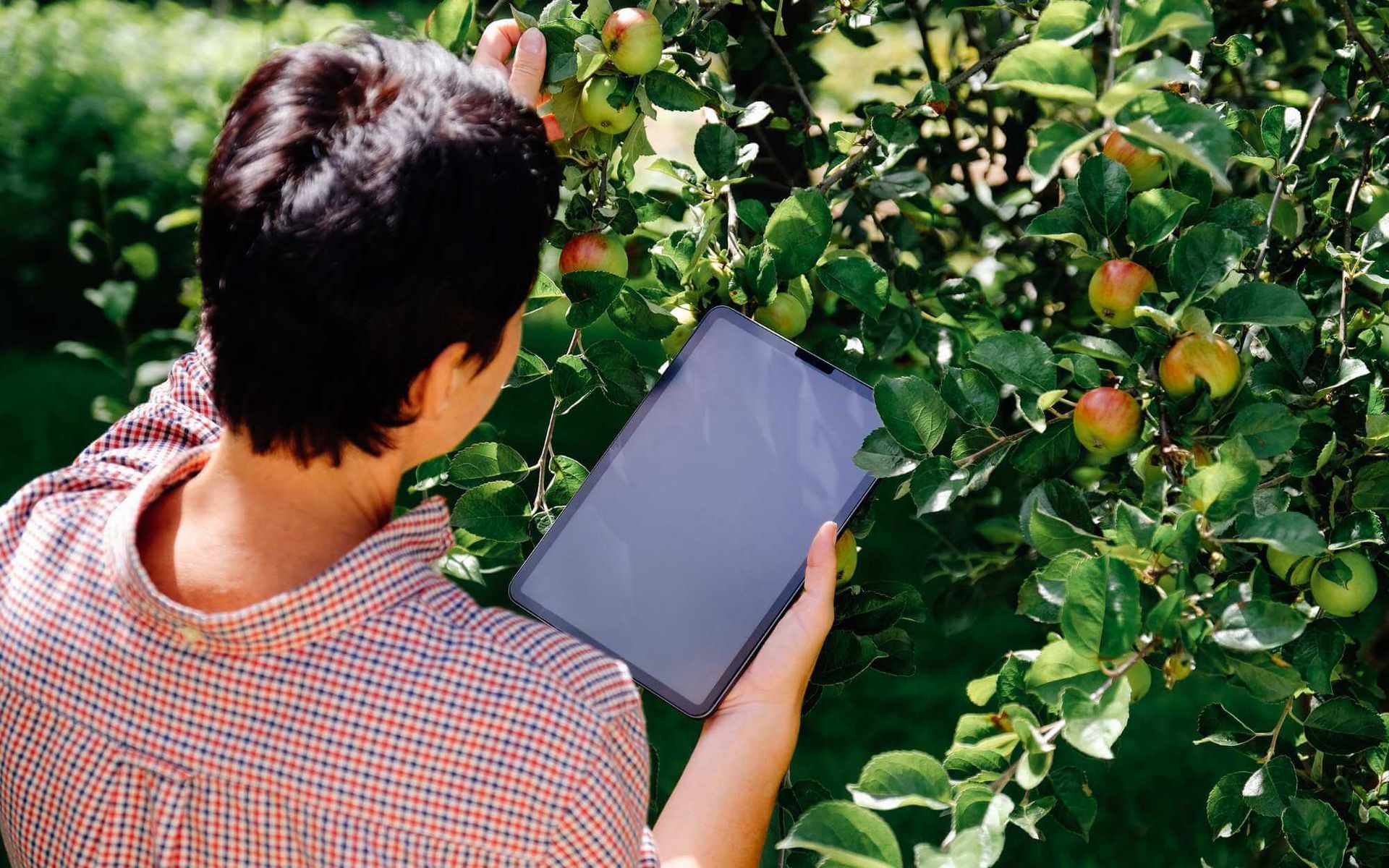DIY Tree Health Assessment Tips and Tricks for Beginners
PUBLISHED ON
SHARE THIS ARTICLE

New to tree planting?
Welcome to the world of tree ownership! It can be a fun yet challenging experience. Regular tree health assessments are essential for keeping your tree in top shape. We've collected some tips and tricks to help you get started and avoid growing an unhealthy tree.
Here's a beginner's guide to tree health assessment:
Assessing Tree Health
A healthy tree typically has a robust and full canopy, new growth in its branches and twigs, and clear, blemish-free bark. Its leaves should be vibrant and free of discoloration or spots.
Common tree health issues include discolored leaves, peeling bark, fungal growth, and signs of pest infestation such as chewed leaves or small holes in the bark.
DIY tree health assessments primarily involve visual inspections. Check for signs of disease or pest infestation, observe the state of the leaves and bark, and note any changes in tree growth patterns. Be sure to examine all parts of the tree, from the root system to the branch tips, and consider investing in a tree pruning tool to get a closer look at the higher branches.
Tree Care Basics

A crucial aspect of tree care is maintaining proper watering and irrigation. Young trees need consistent watering. During dry conditions, water your tree deeply once a week, ensuring that the water reaches the tree's roots. Avoid over-watering mature trees. Most of them require less frequent watering, but it will depend on the species and climate conditions.
Proper pruning techniques are essential for the tree's health. Always prune during the tree's dormant season, limit pruning to branches with a diameter less than five centimeters, and never remove more than one-quarter of a tree's crown in a season.
Mulching is a beneficial practice, providing a buffer from heat and cold temperatures and retaining water to keep tree roots moist. When applying a mulch volcano, avoid piling it against the tree trunk to prevent rot. Use organic mulch, spreading it in a circular pattern at least two to three inches deep around the base of the tree.
Nutrients and Fertilization
Fertilization plays a vital role in maintaining tree health. Trees require a balanced diet of nutrients; any deficiency can lead to stunted growth or susceptibility to diseases.
Choosing the right fertilizer is crucial, ensuring it supplements the specific nutrients your soil lacks. Using a soil test kit can help identify these deficiencies. Fertilization schedules vary with tree age, species, and the climate.
Generally, you should fertilize young trees every 2-3 months during the growing season and mature trees once a year in late winter or early spring. Apply fertilizers around the drip line, not near the trunk, and water thoroughly after application to help nutrients penetrate the soil and reach the roots.
Pest and Disease Management
Trees are susceptible to a variety of pests and diseases. Common pests include aphids, bark beetles, and caterpillars, while diseases often stem from fungi like powdery mildew or root rot. Natural control methods involve encouraging beneficial insects or using organic pesticides. Regularly apply neem oil or insecticidal soaps for pest control.
To manage diseases, prune diseased branches and apply organic fungicides. However, extensive pest infestations or diseases often require professional help.
If you observe severe canopy dieback, large patches of discolored tree bark, or your tree's health rapidly deteriorates despite interventions, it's time to consult a professional arborist.
Tree Maintenance Calendar

Year-Round Care and Maintenance Tasks
Maintaining a tree's health requires consistent attention throughout the year. Here are some general tasks you should be doing regularly:
- Monitoring: Keep an eye on your tree's overall health. Check for signs of disease, pest infestation, or any drastic changes in its appearance.
- Watering: Ensure your tree is properly hydrated. While the frequency will depend on the tree's age, species, and climate, regular watering is essential.
- Mulching: Apply mulch around the base of your tree to help retain soil moisture and regulate temperature.
- Pruning: Remove dead, diseased, or weak branches to help your tree maintain its shape and health. Remember, excessive pruning can harm your tree, so be cautious.
Seasonal Tips and Reminders
Spring: Fertilize your tree to provide essential nutrients and promote healthy growth. Watch out for pests, especially aphids. Check the trunk for any signs of canker disease or other fungi.
Summer: Monitor your tree's water levels and ensure it is adequately hydrated during hot weather conditions. Control ant populations near the tree. Prune any dead or diseased branches to prevent pests from infesting your tree.
Fall: Consider adding fertilizers or organic matter to prepare for winter dormancy. Check for signs of fungal growth and apply fungicides if needed. Monitor your tree's canopy for any changes in shape, color, or texture.
Winter: Check for yellowing of leaves and signs of pest infestation in the trunk. If there is snowfall, make sure your tree has access to sunlight. Prune any dead branches before new growth begins in the spring.
Caring for a tree can be time-consuming but also very rewarding. With proper attention, care, and maintenance, you can keep mature and newly planted trees healthy and beautiful for years to come.
Take Charge of Your Tree Care!
Taking charge of your tree care instills a sense of accomplishment and connection with nature. As a confident tree owner, you'll enjoy the fruits of your labor in the form of lush, healthy trees adorning your landscape. We hope that with these tips for new tree owners in mind, you can keep tree species in your yard thriving for years to come!
Considering professional arborist assessment for your tree care?
Don't hesitate! An arborist can assess tree health as well as provide expert advice on maintaining tree health, diagnosing diseases, and implementing effective pest control strategies. Your trees deserve the best care, and with a professional arborist at your side, they'll not only survive - they'll thrive.
Reach out to our local arborist today, and take the first step towards healthier, happier trees!
Want a free quote or some friendly advice? Call our team today:






